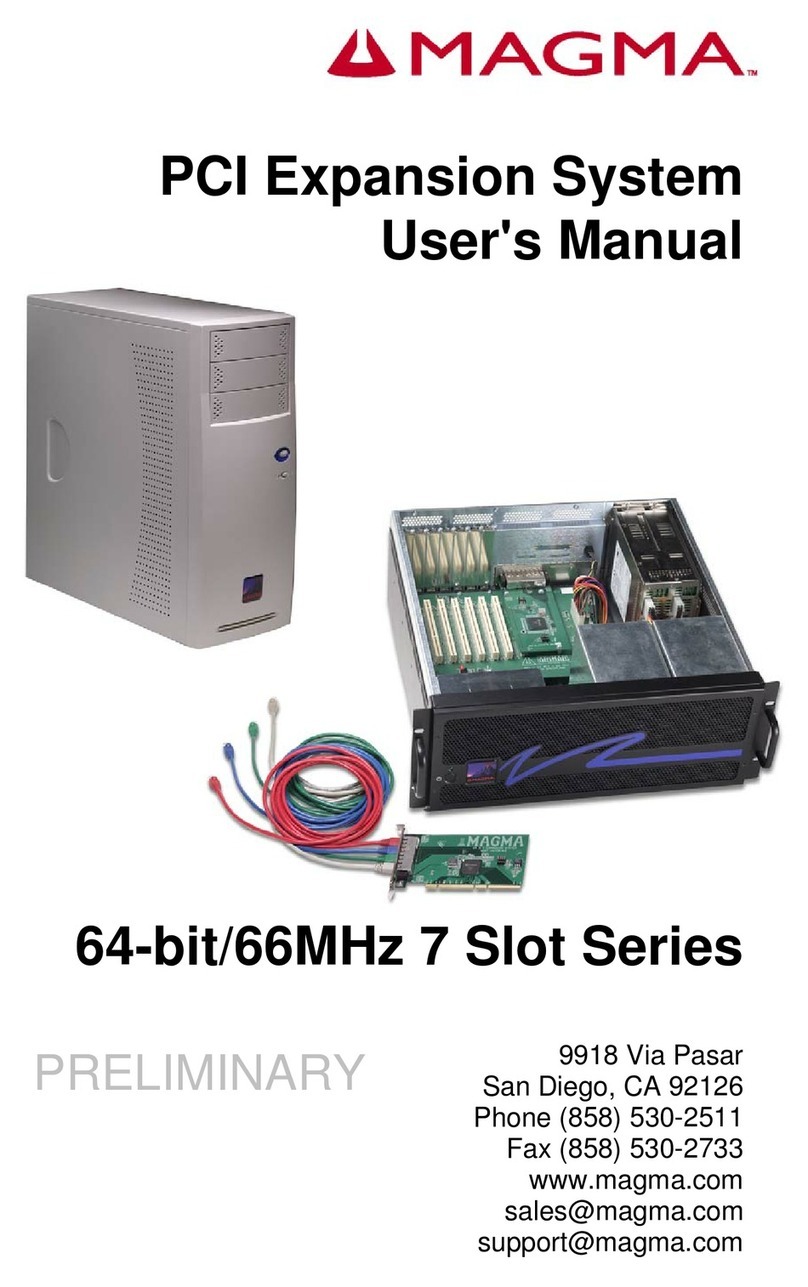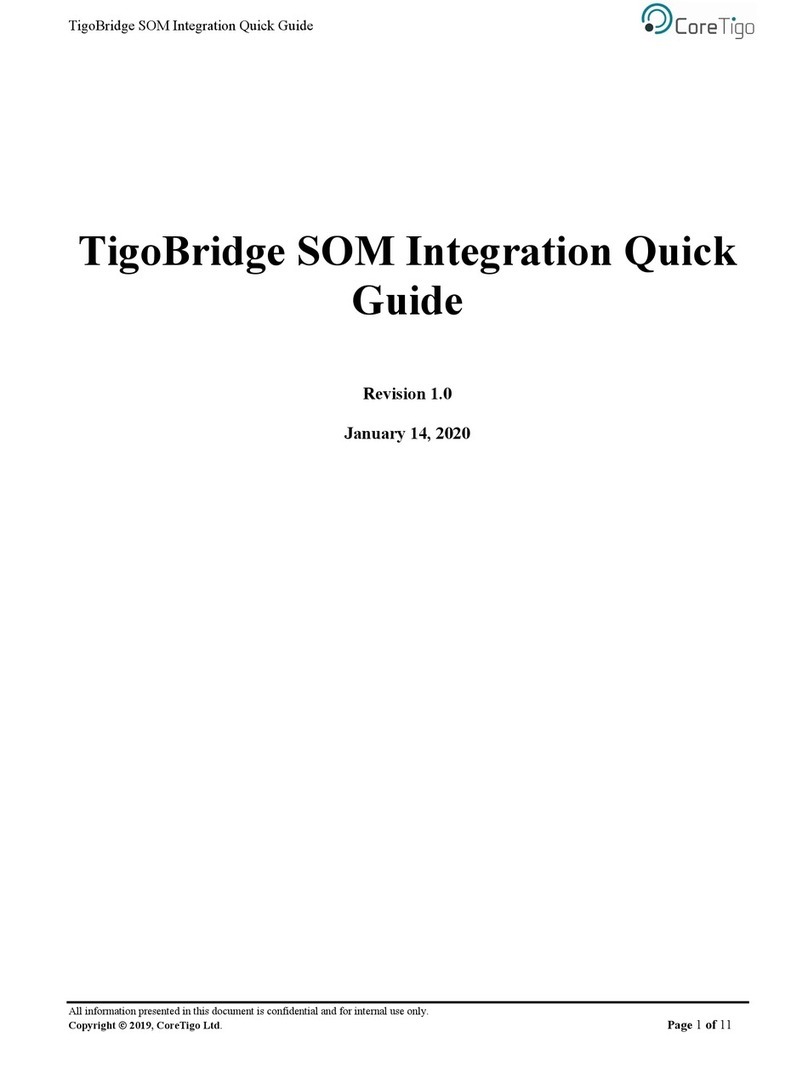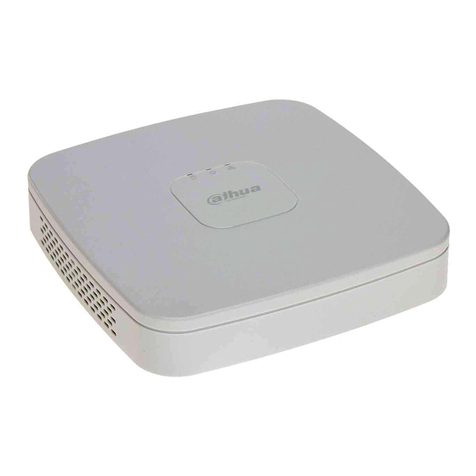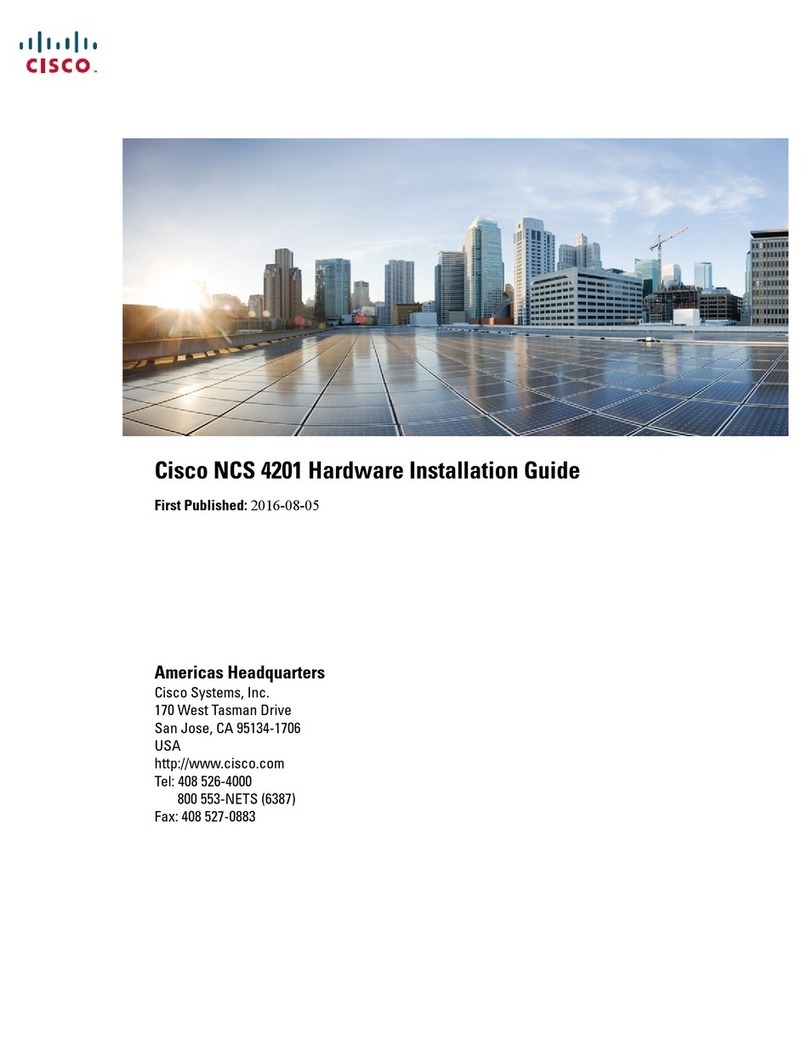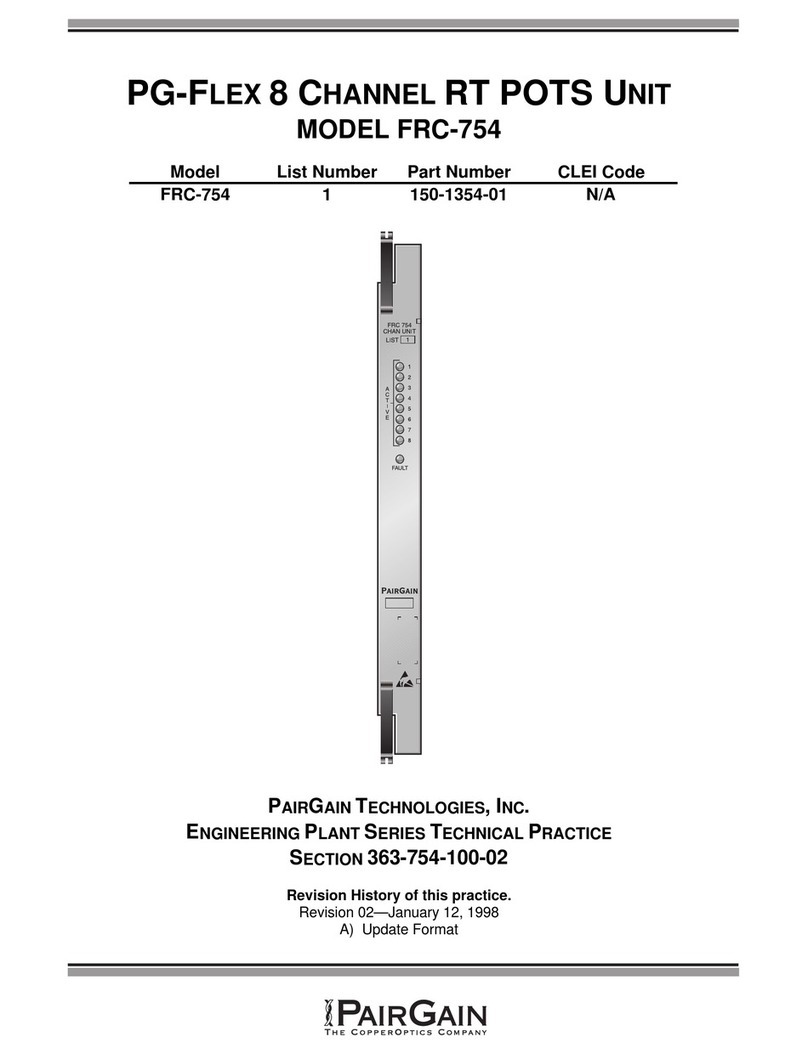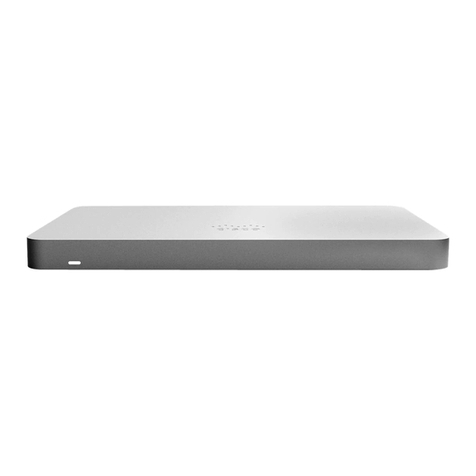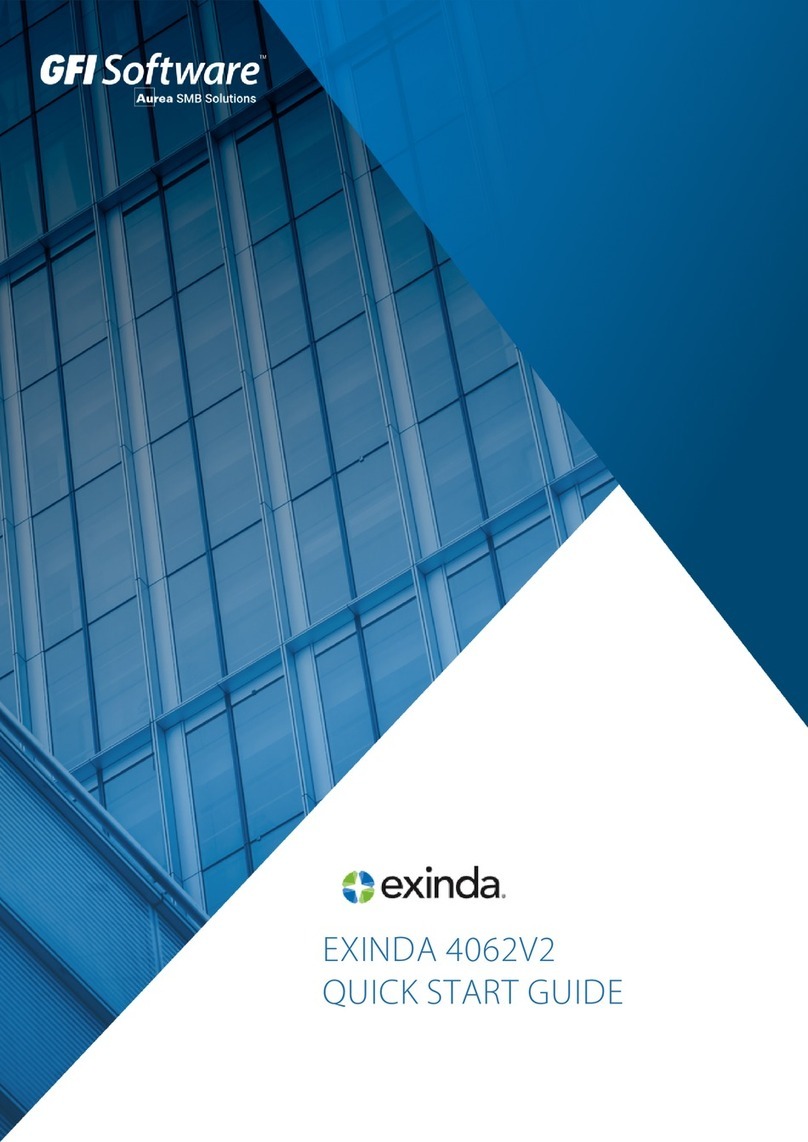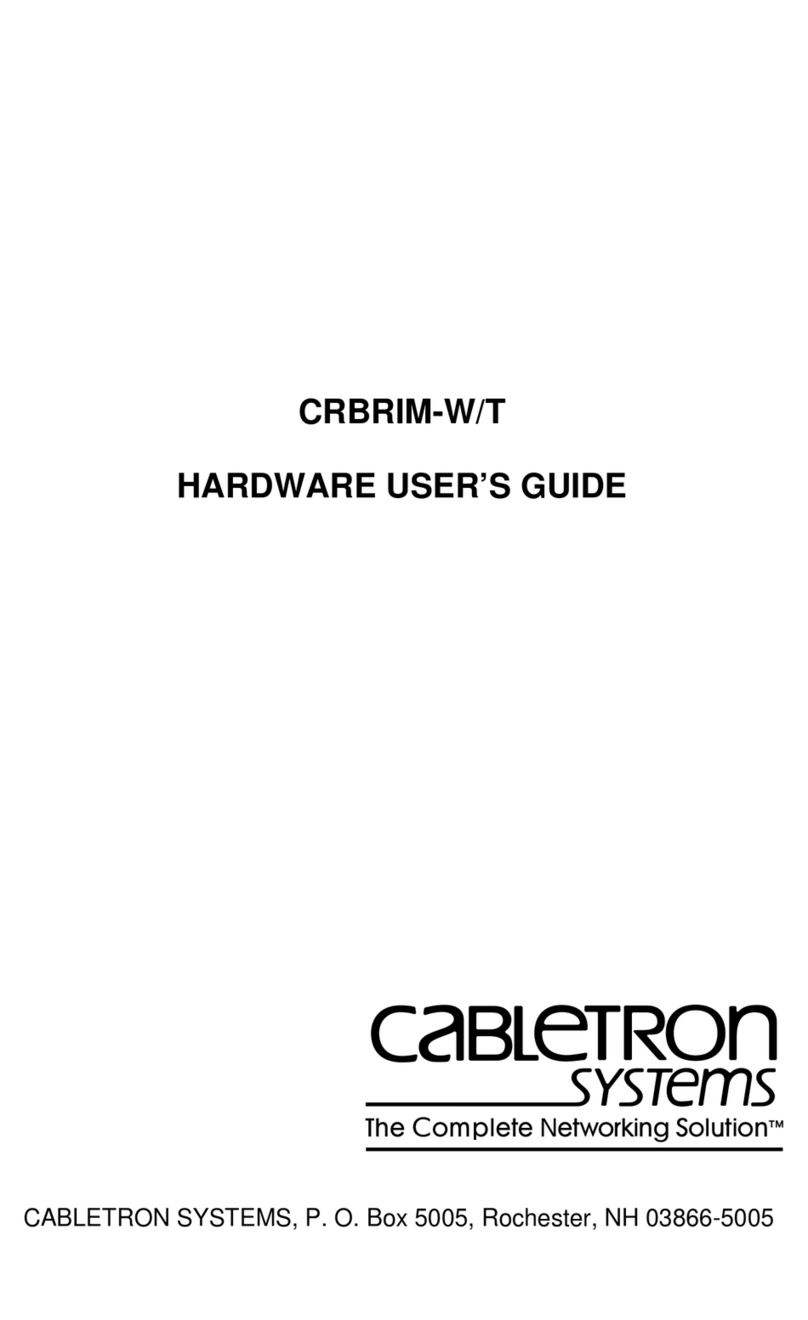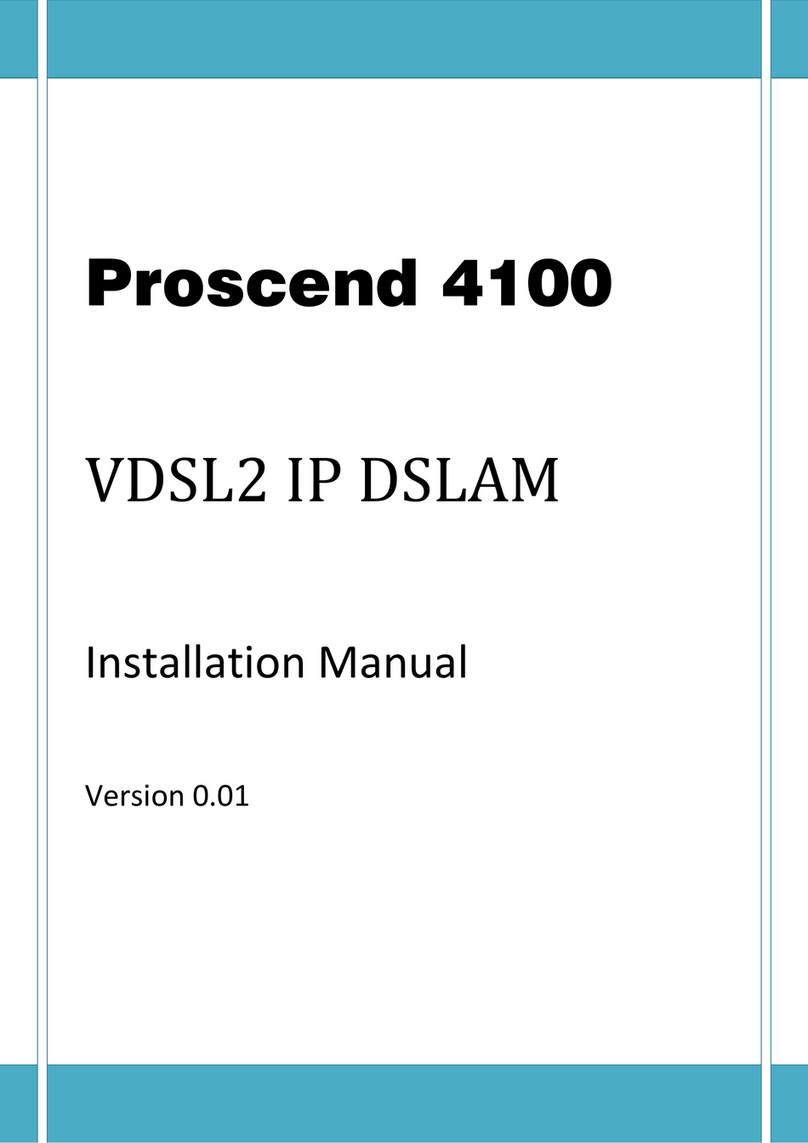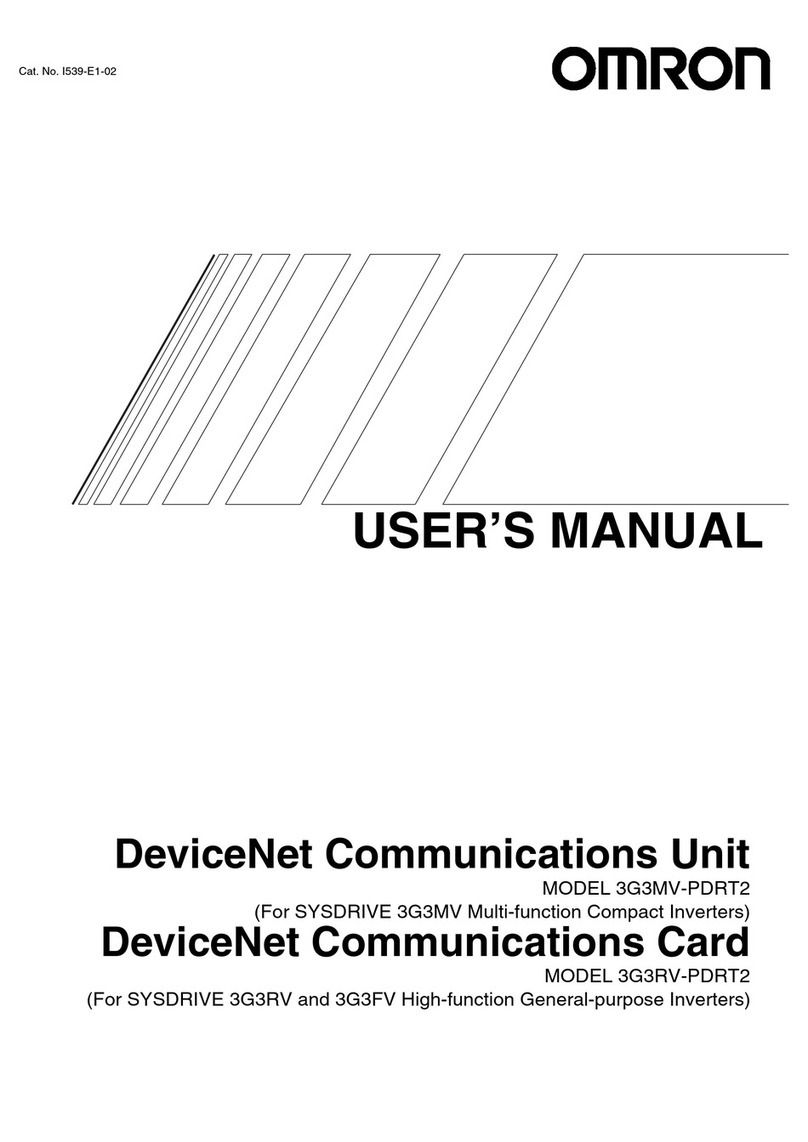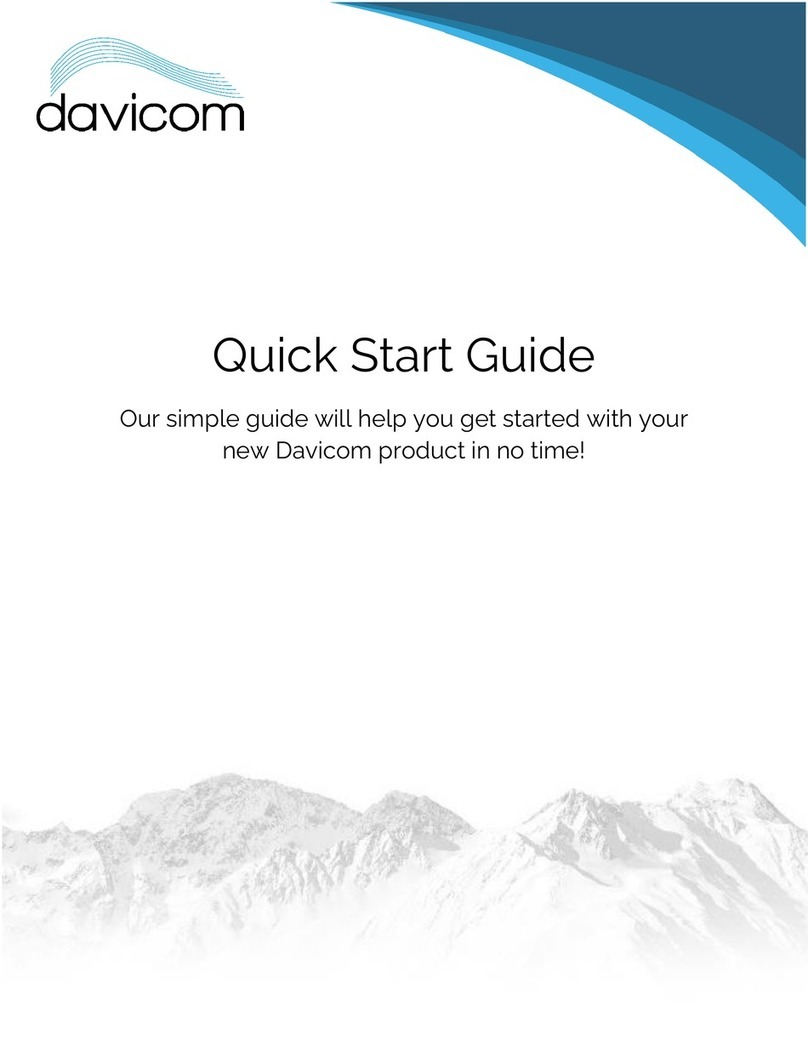TERSUS BX40C User manual

User Manual
User Manual
Version V2.0-20210913
User Manual
For BX40C GNSS Board
©2021 Tersus GNSS Inc. All rights reserved.
More details, please visit www.tersus-gnss.com

User Manual for BX40C GNSS Board v2.0
I
Revision History
Rev
Description
Date
Owner
1.0
Initial release
2020/12/23
LC
2.0
Renew
2021/09/13
LYP

User Manual for BX40C GNSS Board v2.0
II
Table of Content
Revision History............................................................................................................I
Table of Content.......................................................................................................... II
List of Figures............................................................................................................. IV
List of Tables............................................................................................................... V
Notices.......................................................................................................................... 1
1. Introduction.............................................................................................................. 2
1.1 Overview of BX40C GNSS board...................................................................2
1.2 Receiver features.............................................................................................. 3
1.3 Related information...........................................................................................4
1.4 BX40C System Overview.................................................................................5
1.4.1 BX40C Board.............................................................................................. 6
1.4.2 Antenna........................................................................................................ 6
1.4.3 Power Supply.............................................................................................. 7
1.4.4 Communication Equipment.......................................................................7
1.4.5 Internal eMMC............................................................................................ 7
2. Installation................................................................................................................ 8
2.1 Unpacking...........................................................................................................8
2.2 Environmental conditions.................................................................................8
2.3 Selecting a GNSS antenna..............................................................................9
2.4 Power Supply Notices.................................................................................... 10
2.5 Receiver Installation....................................................................................... 10
2.6 Tersus GNSS Center Software..................................................................... 11

User Manual for BX40C GNSS Board v2.0
III
2.7 RTK Configuration.......................................................................................... 14
3. Firmware Update and Auth Code.......................................................................16
3.1 Firmware Update Overview...........................................................................16
3.2 Firmware Update Using Tersus GNSS Center........................................... 17
3.3 Auth Code.........................................................................................................22
4. Technical Specifications...................................................................................... 23
4.1 BX40C specifications......................................................................................23
4.2 System integration.......................................................................................... 26
4.2.1 Connectors on BX40C board................................................................. 26
4.2.2 LED Descriptions......................................................................................27
4.2.3 Reference Schematic of the Interface Board.......................................27
5. Typical Application................................................................................................29
5.1 Data Collection on Internal eMMC............................................................... 29
5.2 Download Files from Internal eMMC............................................................30
5.3 Communicate with STRSVR Tool.................................................................31
6. Terminology........................................................................................................... 34

User Manual for BX40C GNSS Board v2.0
IV
List of Figures
Figure 1.1 System Overview of BX Boards..........................................................5
Figure 2.1 Config Page of Tersus GNSS Center...............................................12
Figure 2.2 Main Windows of Tersus GNSS Center...........................................13
Figure 3.1 Main interface of Tersus GNSS Center............................................17
Figure 3.2 Stop button on Tersus GNSS Center............................................... 18
Figure 3.3 Find UpdateFirmware in Tools bar....................................................18
Figure 3.4 Select file to update............................................................................ 19
Figure 3.5 Update in progress..............................................................................19
Figure 3.6 Firmware update successful..............................................................20
Figure 3.7 Advance setting for firmware update................................................21
Figure 3.8 Advance Update Setting.....................................................................21
Figure 4.1 3.45V Reference Schematic..............................................................28
Figure 4.2 Reference Schematic for a Serial Port............................................ 28
Figure 4.3 Reference Schematic for USB.......................................................... 28
Figure 5.1 COMM2-7pin to USB & DB9 Cable ................................................30
Figure 5.2 DB9 Male to USB Type A Male converter cable.............................30
Figure 5.3 Folders in the GNSS_U disk............................................................. 31
Figure 5.6 Configure serial port COM1...............................................................31
Figure 5.7 NTRIP Client configuration................................................................ 32
Figure 5.8 Draft position of the receiver............................................................. 32
Figure 5.9 Input and Output data in progress....................................................33

User Manual for BX40C GNSS Board v2.0
V
List of Tables
Table 1.1 Document / Software used in this User Manual................................. 4
Table 2.1 Definition of the lights on Tersus GNSS Center............................... 12
Table 4.1 BX40C Board Specifications............................................................... 23
Table 4.2 24-pin header signals definition..........................................................26
Table 4.3 6-pin header signal definition.............................................................. 27
Table 4.4 LED descriptions................................................................................... 27

User Manual for BX40C GNSS Board v2.0
1
Notices
The following notices apply to Tersus BX40C board.
Changes or modifications to this equipment not expressly approved
by Tersus could void the user’s authority to operate this equipment or
even has risk to damage the GNSS receivers.
Conventions
The following conventions are used in this manual:
!
Information that supplements or clarifies text.
A caution that actions, operation or configuration may lead to incorrect
or improper use of the hardware.
In this manual, all the commands to a receiver are in capital letters, which is
just for easy identification, the commands are not case-sensitive.
A warning that actions, operation or configuration may result in
regulatory noncompliance, safety issues or equipment damage.

User Manual for BX40C GNSS Board v2.0
2
1. Introduction
1.1 Overview of BX40C GNSS board
The Tersus BX40C is a compact GNSS RTK board with full constellation
tracking for providing cm-level accuracy positioning. It can be integrated with
autopilots and inertial navigation units.
The BX40C board supports multiple constellations and multiple frequencies to
improve the continuity and reliability of the RTK solution even in harsh
environments. In-built 8GB memory makes data collection easy. It features
compatibility with other GNSS boards in the market via flexible interfaces,
smart hardware design, and commonly used log/command formats.
For further information about BX40C GNSS board, refer to
https://www.tersus-gnss.com/ for more details.

User Manual for BX40C GNSS Board v2.0
3
1.2 Receiver features
The BX40C Receiver has the following features:
Supports multiple constellations & frequencies
GPS L1C/A, L2C, L2P, L5
GLONASS L1C/A, L2C/A
Beidou B1, B2, B3, support BDS-3
Galileo E1, E5a, E5b
QZSS L1C/A, L2C, L5
Supports 576 channels
Centimeter-level position accuracy
Flexible interfaces such as RS232, TTL, USB, CAN, Ethernet
Supports PPS output and event mark input
Supports up to 20Hz RTK solution updates and raw data output
In-built 8GB memory makes data collection easy
Pin-to-pin compatible with Trimble BD970
Log/command compatible with NovAtel protocol

User Manual for BX40C GNSS Board v2.0
4
1.3 Related information
Table 1.1 Document / Software used in this User Manual
Name
Description
Link
Log & Command
document
Document providing all the loggings
output from BX40C receivers and all
the commands to the receivers
https://www.tersus-gnss.com/product/bx40
cunder Documents
Tersus Tool Suite
Tersus Tools including
TersusDownload, TersusGeoPix,
TersusGNSSCenter, TersusUpdate,
TersusRinexConverter
https://www.tersus-gnss.com/software
RTKLIB
A free & popularly used Post
processing tool
http://www.rtklib.com/
Support
If there is any problem and the information needed cannot be found in the
product documentation, request technical support by sending email to
https://tersus.supportsystem.com/ .

User Manual for BX40C GNSS Board v2.0
5
1.4 BX40C System Overview
To make BX40C board work, the following parts are necessary:
Interface board and cables
Power supply
Data communications equipment
GNSS antenna with Low Noise Amplifier (LNA)
The BX40C receiver is illustrated in the figure below.
Figure 1.1 System Overview of BX Boards
Note 1. BX40C only support single antenna.
2. COM3_TX is multiplexed with CAN1_TX, COM3_RX is multiplexed
with Event 2.
3. Hardware of Ethernet is ready, reserved for future upgrade.
4: Currently two event inputs are supported.

User Manual for BX40C GNSS Board v2.0
6
1.4.1 BX40C Board
BX40C board consists of a Radio Frequency (RF) section and a digital section.
Radio Frequency (RF) Section
The receiver obtains filtered, amplified GNSS signals from the antenna. The
RF section down converts the incoming RF signals to Intermediate Frequency
(IF) signals which are processed by the digital section. The RF section also
supplies power to the active antenna LNA through the coaxial cable. The RF
section has been designed to reject common sources of interference.
Digital Section
The core of the digital section is the base band, which is realized with a FPGA
chip. The digital section digitizes and processes the base band signals to
obtain a PVT (Position, Velocity and Time) solution. If RTK corrections from
the base are received, the receiver will output cm-level position. The digital
section also processes the system I/O, shown in Figure 1.1.
1.4.2 Antenna
The antenna converts electromagnetic signals transmitted by GNSS satellites
into electrical signals that can be used by the receiver.
An active GNSS antenna is required for optimal receiver performance. Tersus
is providing active GNSS antennas with precise phase centers and robust

User Manual for BX40C GNSS Board v2.0
7
enclosures (refer to https://www.tersus-gnss.com/product/accessories for
more information about antennas.
1.4.3 Power Supply
A power supply capable of delivering the minimum receiver operating voltage
and power is required. The receiver operates at 3.45V.
1.4.4 Communication Equipment
A computer, a tablet or other data communications device are necessary to
communicate with the receiver, and to receive and store the data that the
receiver outputs.
1.4.5 Internal eMMC
BX40C receiver supports up to 8GB internal eMMC.

User Manual for BX40C GNSS Board v2.0
8
2.Installation
!
The BX40C board can be integrated to the customer’s system in
various packages, and all actions can refer to the installation guide in
this chapter.
2.1 Unpacking
Inspect the shipping cartons visually for any signs of damage or mishandling
before unpacking the receiver. Immediately report any damage to the shipping
carrier.
Please check each item according to your order and the item list to confirm
that all the accessories are correct for the purchased order.
2.2 Environmental conditions
Install the receiver in a location situated in a dry environment with ESD
protection. Avoid exposure to extreme environment conditions including:
Water or excessive moisture
Excessive heat greater than 75 °C (167 °F)
Excessive cold less than –40 °C (–40 °F)
Corrosive fluids and gases
Avoiding these conditions improves the receiver’s performance and long-term
reliability.

User Manual for BX40C GNSS Board v2.0
9
2.3 Selecting a GNSS antenna
The BX40C receiver tracks multiple GNSS frequencies, ensure that the
antenna you choose supports the frequencies you need to track.
The antennas provided by Tersus can be found on Tersus website
https://tersus-gnss.com/product/accessories. It is highly recommended that
the antennas from Tersus are used to work with BX40C receivers.
Contact Tersus support if problem occurs when an antenna from other
vendors is used.
When installing the antenna:
• Choose an antenna location with a good view of the sky so that there is no
obstruction from horizon to horizon.
• Mount the antenna on a secure, stable structure capable of safe operation
in the specific environment.
• Avoid areas with high vibration, excessive heat, electrical interference, and
strong magnetic fields.
• Avoid mounting the antenna close to stays, electrical cables, metal masts,
and other antennas.
• Avoid mounting the antenna near transmitting antennas, radar arrays, or
satellite communication equipment.

User Manual for BX40C GNSS Board v2.0
10
2.4 Power Supply Notices
Power to the BX40C board must be applied for >150ms before any
of the external interfaces are powered on by the integrator's board.
Hold the RESETIN pin low during power up and for >150ms after
power is applied.
2.5 Receiver Installation
When the appropriate equipment is selected, complete the following steps to
set up and begin using the BX40C receiver.
a) Install the BX40C board in an enclosure or on a mother board.
b) Mount the GNSS antenna to a secure, stable structure.
c) Connect the GNSS antenna to the receiver with a GNSS antenna
cable.
d) Apply power to the receiver, as described in section 1.4.3.
e) Connect the receiver to a computer or other data communications
equipment.
The receiver operates at 3.45V. If the voltage supplied is below the
specification, the receiver suspends operation.
The LEDs on the board can tell whether the receiver is booting up
successfully or not, refer to Table 4.4 LED descriptions.
The BX40C receiver supports reversed polarity protection.

User Manual for BX40C GNSS Board v2.0
11
When BX40C board is handled, follow the guides below to avoid
damage from ESD.
Always wear a properly grounded anti-static wrist strap when
handling BX40C board.
Always hold the board by the corners or the RF shield: avoid direct
contact with any of the components.
Never let the board come in contact with clothing. The ground strap
cannot dissipate static charges from fabrics.
Failure to follow accepted ESD handling practices could cause
damage to the board permanently.
The warranty may be void if equipment is damaged by ESD.
2.6 Tersus GNSS Center Software
BX40C receiver has serial ports, hence lots of serial tools can be used to
communicate with the receiver. Tersus GNSS Center is a
windows-platform-based serial tool, which is recommended to communicate
with the BX40C receiver. Tersus GNSS Center can be downloaded from
Tersus website https://tersus-gnss.com/software .
Connect BX40C to a laptop/PC with an external cable. Run Tersus GNSS
Center, the following config page is shown, input the port and band rate
(default is 115200).

User Manual for BX40C GNSS Board v2.0
12
Figure 2.1 Config Page of Tersus GNSS Center
The following table gives definition for the five lights at the bottom of Tersus
GNSS Center interface.
Table 2.1 Definition of the lights on Tersus GNSS Center
Lights
Description
Comm
GREEN: the communication with the receiver is established.
RED: the communication with the receiver is not established.
GPS
GREEN: valid GPGGA is received.
RED: No valid GPGGA is received.
Base
GREEN: valid corrections are received.
RED: No valid corrections are received.
RTK
SOLID GREEN: RTK solution is got.
BLINK GREEN: float solution is got.
RED: other solutions are got.
Wifi
Reserved.
Commands can be input in the text console window, an OK response is output
after a command is input, or the command is not input successfully.

User Manual for BX40C GNSS Board v2.0
13
Figure 2.2 Main Windows of Tersus GNSS Center
!
To active the skyplot, signal strength, trajectory and other windows,
the antenna signals must be received and the following three loggings
must be input to the receiver:
LOG GPGGA ONTIME 1 // output position and time
LOG GPGSV ONTIME 1 // output SVs in view, elevation and SNR
(Signal Noise Ratio)
LOG RNAGEB ONTIME 1 // output PSR (Pseudorange) and ADR
(Accumulated Doppler Range.)
refer to Log & Command Reference document for details.

User Manual for BX40C GNSS Board v2.0
14
2.7 RTK Configuration
Example of RTK configuration (base mode):
UNLOGALL //remove all logs
UNDULATION USER 0.0 //Set user specified undulation value for ellipsoid height2
FIX POSITION B L H //B: latitude (degree), L: longitude (degree), H: ellipsoid height (m)
For example: FIX POSITION xx.xxxxxx xx.xxxxxxx xx.xx
or POSAVE ON 0.02 //Turn on position average for 0.02 hour (72s)
LOG COM2 RTCM1006 ONTIME 10 //output the base coordinate
LOG COM2 RTCM1074 ONTIME 1 //output GPS observations
LOG COM2 RTCM1084 ONTIME 1 //output GLONASS observations
LOG COM2 RTCM1094 ONTIME 1 //output Galileo observations
LOG COM2 RTCM1114 ONTIME 1 //output QZSS observations
LOG COM2 RTCM1124 ONTIME 1 //output BeiDou observations
LOG COM2 RTCM1230 ONTIME 10 //output GLONASS bias information
LOG COM2 RTCM1033 ONTIME 10 //output antenna, receiver information
SAVECONFIG //save the configuration above
Example of RTK configuration (rover mode):
UNLOGALL //remove all logs
FIX NONE //cancel the fixed coordinate of a base station
LOG GPGGA ONTIME 1 //output GPGGA to check position type
SAVECONFIG //save the configuration above
!
The antenna of the base must be static and its position must be input,
several ways can be used to input the position of the base:
If the base's position is known, input it directly with command FIX.
Table of contents
Other TERSUS Network Hardware manuals
Popular Network Hardware manuals by other brands
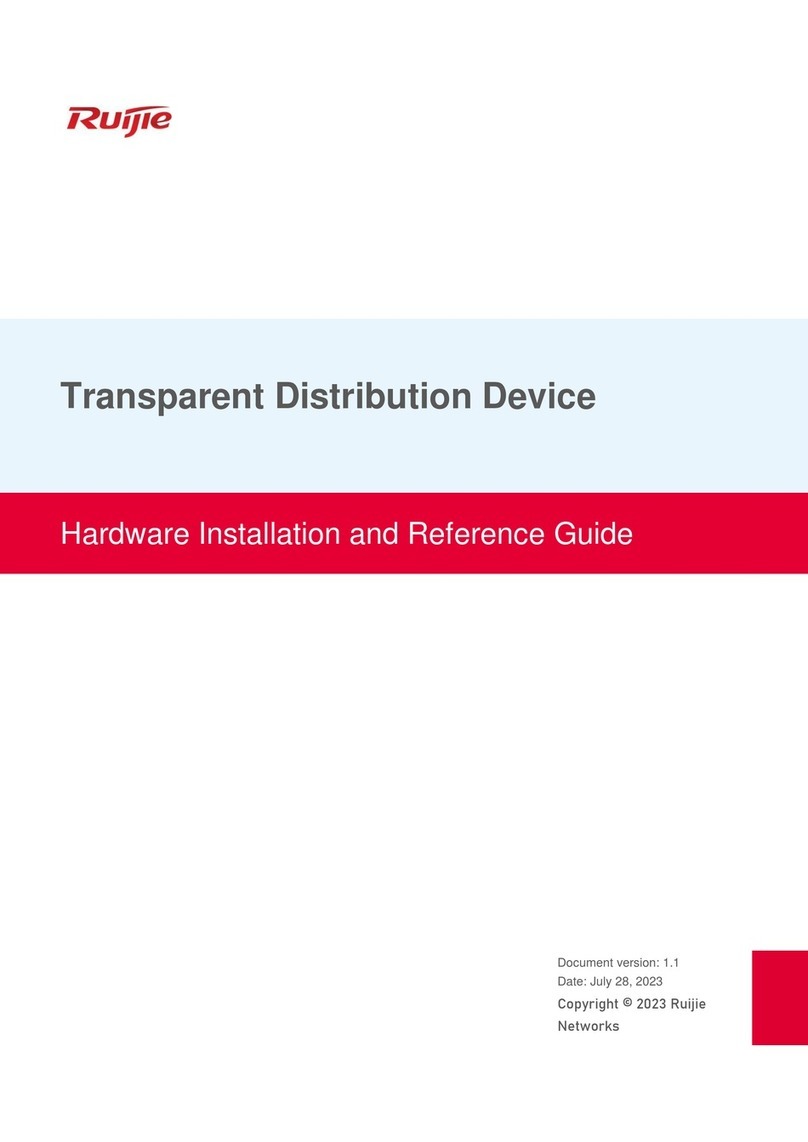
Ruijie
Ruijie RG-MUX-8LC Hardware installation and reference guide
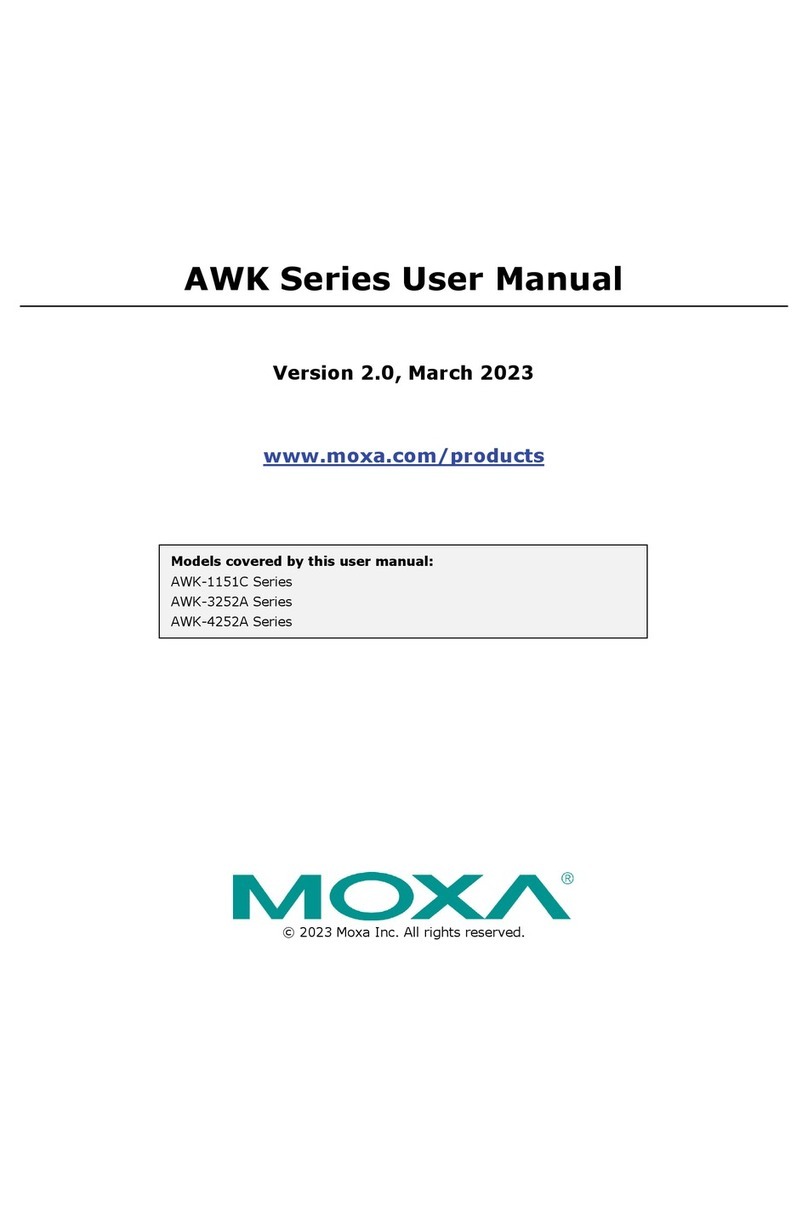
Moxa Technologies
Moxa Technologies AWK Series user manual
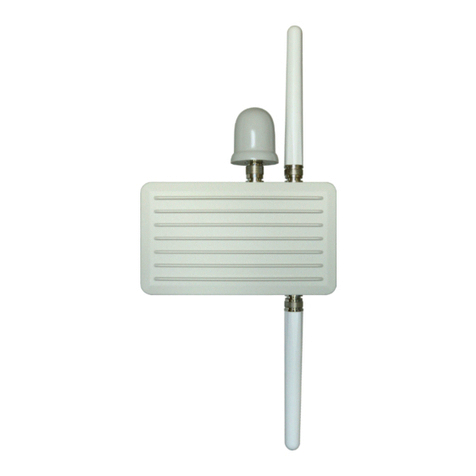
Unex
Unex RSU-300 Series quick start guide
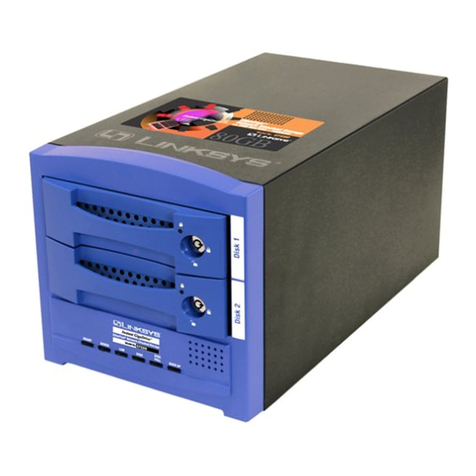
Linksys
Linksys EFG80 - EtherFast Instant GigaDrive NAS... Quick installation

ubiquoss
ubiquoss U9264H GE-PON installation guide
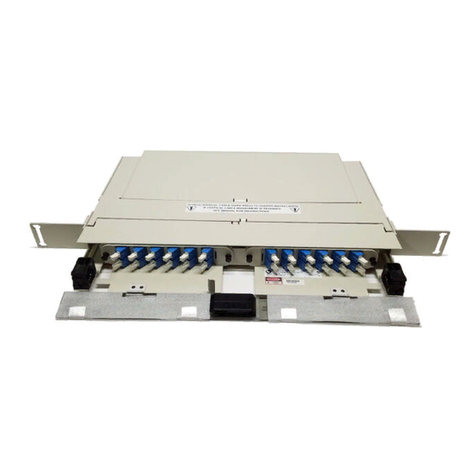
CommScope
CommScope FPX Series installation instructions

